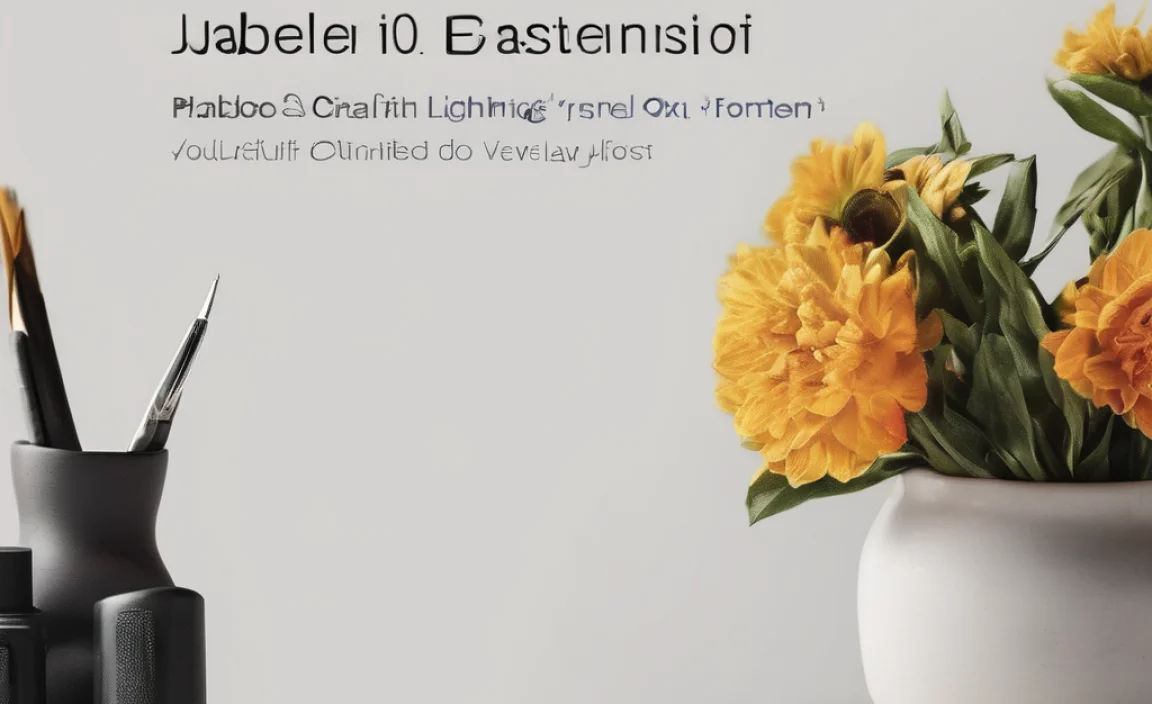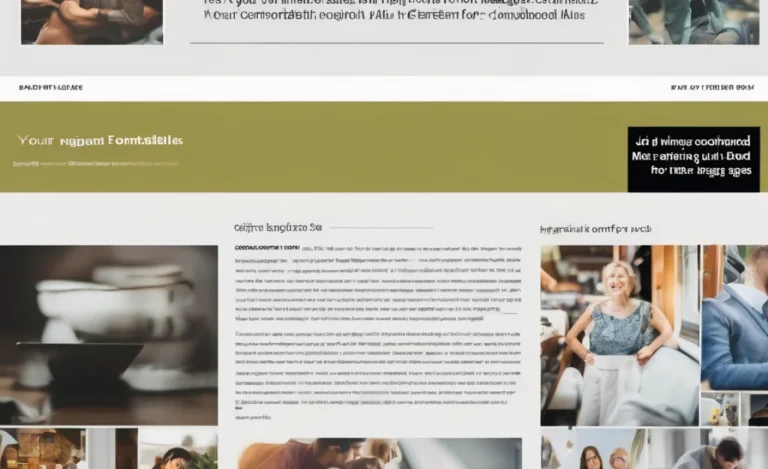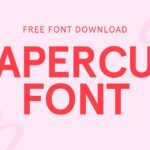JLabel is a vital component in Java Swing, commonly used to display text or images in graphical user interfaces (GUIs). Customizing the font size of a JLabel can significantly impact the aesthetics and usability of your application. In this article, we will explore the best practices and quick tips to help you master JLabel font size adjustments, ensuring your application is visually appealing and user-friendly.
Why Adjust JLabel Font Size?

Adjusting the font size of a JLabel is crucial for improving readability and user experience. When your application needs to display dynamic or static content, the right font size ensures that text is legible and well-aligned with the overall design. Customizing the font size of JLabels allows developers to highlight important information and ensure clarity, especially in applications with dense data.
Best Practices For Setting Font Size In JLabel
Here are some quick tips and best practices to help you master font size customization for JLabels:
1. Use The Set Font() Method
The primary method for adjusting font size in Java Swing is setFont(). By creating a Font object with the desired properties (e.g., font family, style, and size), you can easily modify the JLabel’s font.
Example:
2. Experiment with Different Font Sizes
When setting the font size, consider the context of your application. A small font size (e.g., 10 or 12) is suitable for secondary information, while larger sizes (e.g., 16 or 18) are ideal for headers or primary labels.
3. Responsive Font Size
In responsive design, the font size should adapt to different screen sizes. Consider dynamically adjusting the font size based on the window size or user preferences. This can be achieved by recalculating the font size during window resizing.
4. Choose Readable Font Styles
While adjusting the size is important, the font style is equally crucial for readability. Avoid overly decorative fonts in small sizes, as they can make the text harder to read. Opt for standard, sans-serif fonts like Arial, Helvetica, or Verdana for a clean, professional look.
5. Consistency in Font Sizes
Ensure that your font sizes are consistent across similar elements within your GUI. Use one font size for labels, another for headers, and so on. Consistency promotes a cohesive design and improves the user interface’s visual flow.
Font Size Recommendations for JLabels

Here’s a general guideline for choosing appropriate font sizes for JLabels:
| Font Size | Description | Ideal Usage |
|---|---|---|
| 10 | Small | Secondary information |
| 12 | Medium | Regular labels |
| 14 | Large | Main labels or subtitles |
| 16 | Extra Large | Headers, primary information |
| 18+ | Extra Extra Large | Prominent labels, titles |
Choose the font size based on the importance of the label in the UI and its visual hierarchy.
Customizing Font Style and Color

While font size is crucial, other properties like font style and color contribute to your label’s appearance. Combining these properties will create a polished, engaging design:
- Font Style: Use styles like
Font.BOLD,Font.ITALIC, orFont.PLAINto enhance the text. - Font Color: Use the
setForeground()method to change the font color (e.g.,label.setForeground(Color.RED);).
Common Mistakes to Avoid

- Overusing Large Fonts: Don’t set all labels to large fonts. Overuse can create visual clutter and make the interface look disorganized.
- Inconsistent Font Styles: Mixing too many font styles can make your UI look unprofessional. Stick to a limited set of font styles.
- Not Considering Readability: Ensure the text is legible, especially on different screen sizes and devices.
Conclusion
Mastering the art of customizing JLabel font size in Java Swing can significantly improve your application’s user interface. By following these quick tips and understanding the importance of font sizes, styles, and colors, you can create an aesthetically pleasing and user-friendly experience for your users. Make sure to test different font sizes to find the perfect balance between readability and visual appeal, ensuring your labels stand out most effectively.
FAQs
How Do I Change The Font Size Of A Jlabel In Java Swing?
Use the setFont() method with a Font object to specify the font family, style, and size.
What Is The Default Font Size For Jlabel?
The default font size is typically 12, but it can vary depending on the Look and Feel of the system.
How Can I Make The Font Size Responsive In My Java Swing App?
Dynamically adjust the font size based on the window size by listening for window resize events.
Can I Set Different Font Sizes For Different Jlabel Components?
Yes, each JLabel can have a different font size by using the setFont() method with specific parameters.
How Do I Change The Font Color Of A Jlabel?
Use the setForeground(Color) method to set the font color.
Can I Use Custom Fonts In Jlabel?
Yes, you can use custom fonts by providing the font file and specifying it with the Font. createFont() method.
Is It Possible To Set The Font Size Programmatically?
Yes, you can calculate and set the font size programmatically based on the content or screen size.
What Are The Best Font Styles For Labels In Java Swing?
For readability, it’s best to use sans-serif fonts like Arial or Verdana. Avoid decorative fonts for small sizes.
How Do I Set Both Font Size And Font Style In Jlabel?
Combine both properties using setFont(new Font(“Arial”, Font.BOLD, 14)) for style and size.
How Do I Make Font Sizes Consistent Across My Swing App?
Use predefined constants for font sizes and apply them uniformly across your labels.








